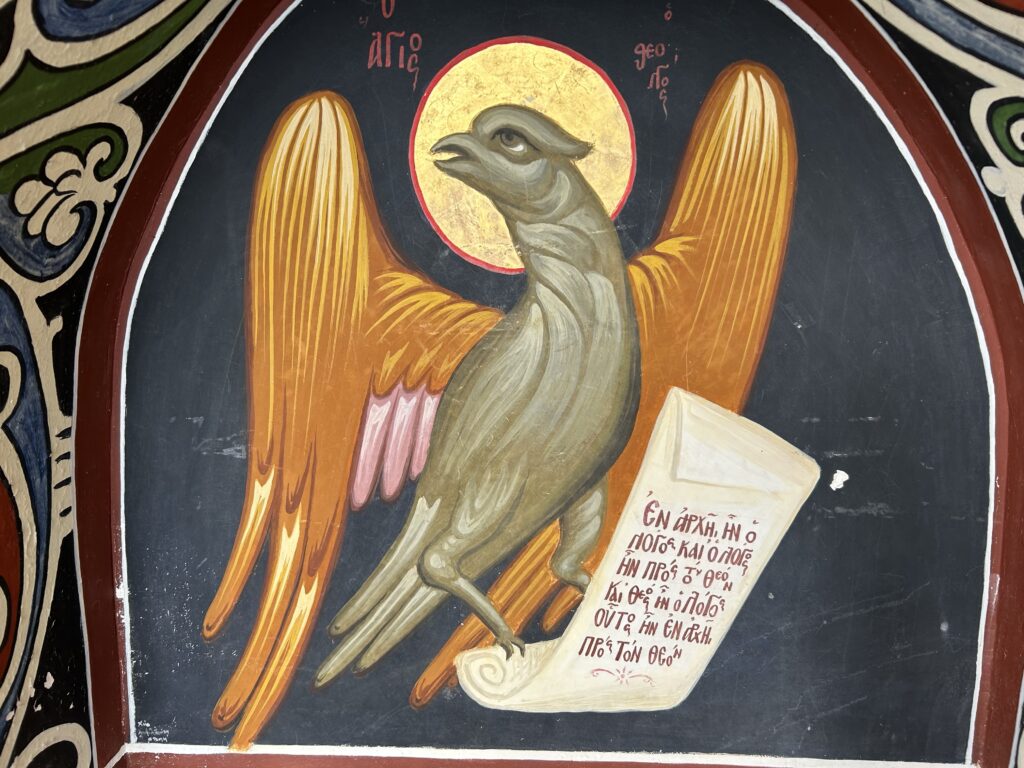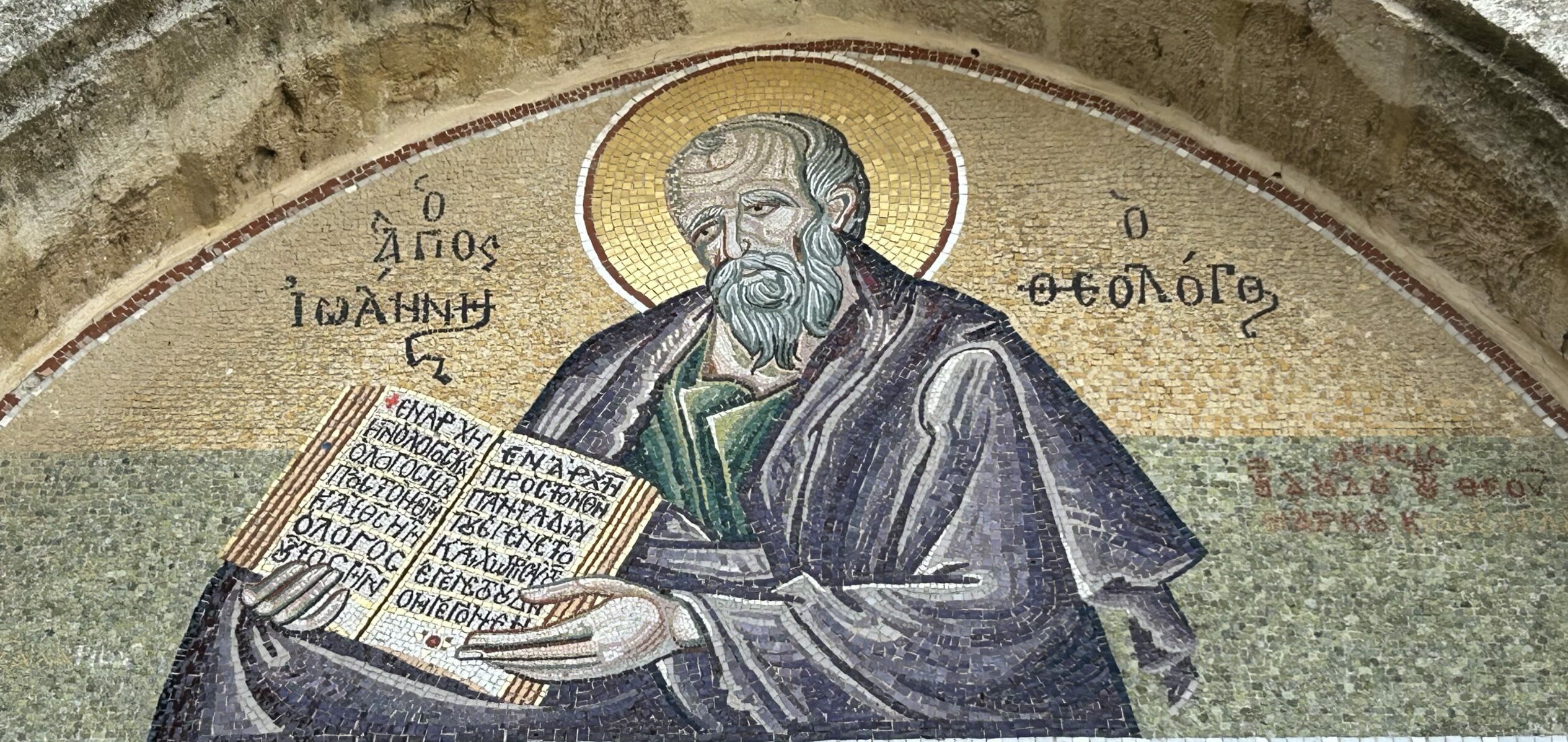In Archaeologism Part I, I demonstrated that Popes from 1786 to 1947 condemned the heretics projecting Protestant notions of liturgy onto the early Church under pretext of “archeology” or “Church history.” This modernist fad is also called “antiquarianism.” Realize first that Pope Pius XII basically warned the faithful not to believe the Holy Spirit was less active in guiding the Church of the Middle Ages than the Church of the Primitive Ages. Secondly, he wanted us to realize the Holy Spirit does not change His directives in liturgy or doctrine.
But on top of this, I personally believe the modernists executing “archaeologism” (saying the early Church had no complex rites, no complex rituals and no complex liturgies) really finds little to no support in Church history. Truly, those obsessed with “archaeologism” are not doing real archaeology. This article will help prove that.
First, an article at Voice of the Family reveals that “the Tridentine Mass” was not really Tridentine in its genesis at all. In other words, it is much older than the 16th century. The “Tridentine Mass” was truly the Mass of the early Church in Rome. Of course, there were tiny additions every century from the first century until 1954. But there was never a generalized overhauling to the Roman Mass before the 1960s. In that article, you will see that the Novus Ordo is not like the early Roman Mass, but rather the Pistoiacization (see previous article of mine) of the Roman Rite. Keep in mind that it is the official history of Vatican II that the Novus Ordo was written by Bugnini (a freemason) who employed Protestants to help write it. (The Protestant influence on the new Mass is part of the public history of the Council.)
Many modernists point to St. Justin Martyr’s description of the Mass as being very simple and basic, not ornate like “the Traditional Latin Mass. ” They even point to the fact that St. Justin Martyr uses terms like the one who “presides” over the liturgy. Does this mean the early Church’s unadorned vocabulary indicates the early Mass was more like the Novus Ordo than the so-called Tridentine Mass? Dr. Peter Kwasniewski initially builds up the modernist-reformers’ reasons for such a conclusion in his article titled The Continual Spectre of False Antiquarianism by admitting at least this: “St Justin Martyr’s First Apology describes a Mass far closer to the Novus Ordo than to the traditional Latin Mass. Even the term “president” is found there, as the term “presider” is found in the context of the Novus Ordo. Thus, the Novus Ordo is a return to the “true” Mass of early Catholics.”
But then Dr. K moves on to his rebuttal: “Yes, the primitive liturgy described by St. Justin sounds a bit like the Novus Ordo. That’s because there had not yet occurred 1,800 years of natural and supernatural development to enrich the solemn official worship of the Church, especially after this worship had become legal and public. St. Justin must be rolling over in his grave to see people depriving themselves and Our Lord of due reverence and beauty in order to simulate the fiction of a primitive liturgy. The redactors of the Novus Ordo used selective (and, as we now know, often erroneous) scholarship on early Catholic practices as an incentive and a justification for creating their own novel product, which, in its totality as in its particular constellation of details, bears little resemblance to any actually existing liturgical rite whose complete form we know, such as the Latin rites and uses at the end of the first millennium, or the Roman Rite from the middle of the second millennium.”
Another example of fake archaeology (or at least fake Church history) is that modernists from the 20th and 21st century insist the early Church allowed Holy Communion to be placed in the hands of lay folks. This is hardly the truth, as Dr. Taylor Marshall explains at length here. Dr. K also tackles this dishonest projection of current abuses onto the early Church:
“Bishop Athanasius Schneider’s book Dominus Estis [is] the definitive refutation of the idea that the early Church did ‘just what we’re doing now’ with Communion in the hand. Nothing could be further from the truth. First, the ancient way was more careful, more devout, and more solemn. Second, the numbers of faithful were far smaller. Third, the reason the Church moved to Communion on the tongue for kneeling recipients is the very piety one finds in the Fathers of the Church. Take the attitude you find in St. Cyril of Jerusalem and compound it by several centuries of meditation, adoration, and experience, and you will end up with the medieval custom. (It should hardly need to be said that the Byzantine manner of distributing communion, in spite of superficial differences, has far more in common with the traditional Roman way than it has with the contemporary Romish way.”
Having traveled around Greece and Egypt the last month, I very much agree with the last line: That the ancient ways of the East are much more like the ancient ways of the West than the Novus sacraments. Yes. This reveals what is Apostolic in origin. For example, the new rite of baptism has a very small, very weak optional line for exorcism before baptism. But the ancient Roman baptism (the rite I administer) as well as the rites of the East (both Byzantine Catholic and Byzantine Orthodox) all have elaborate exorcisms of unbaptized babies before they are baptized. Anytime you have enormous overlap in East and West on a sacramental or doctrinal topic, you can be sure it’s something Christ gave to the Apostles.
The fact is this: Anyone who honestly studies the early history of the sacraments of East and West will quickly see that Christ gave the Apostles sacraments that were rich, ornate and elaborate, not ones that were flat, simplistic and Protestant. Real Church history eradicates the disingenuous “archaeologism” done by modernists. Modernists try it for one main reason: To insist that the new sacraments are older than the old sacraments. But that sentence doesn’t even make sense grammatically, much less historically.

